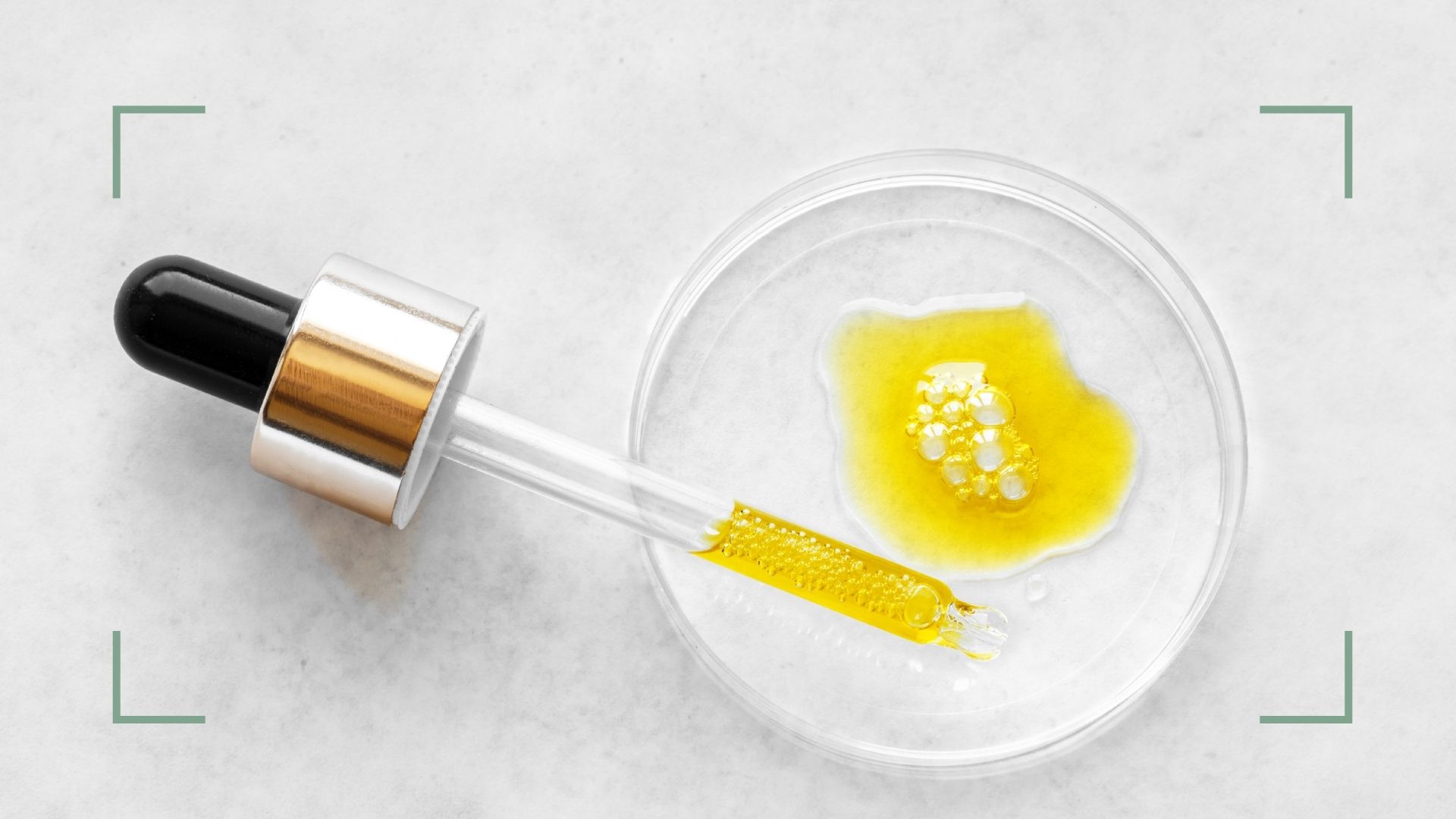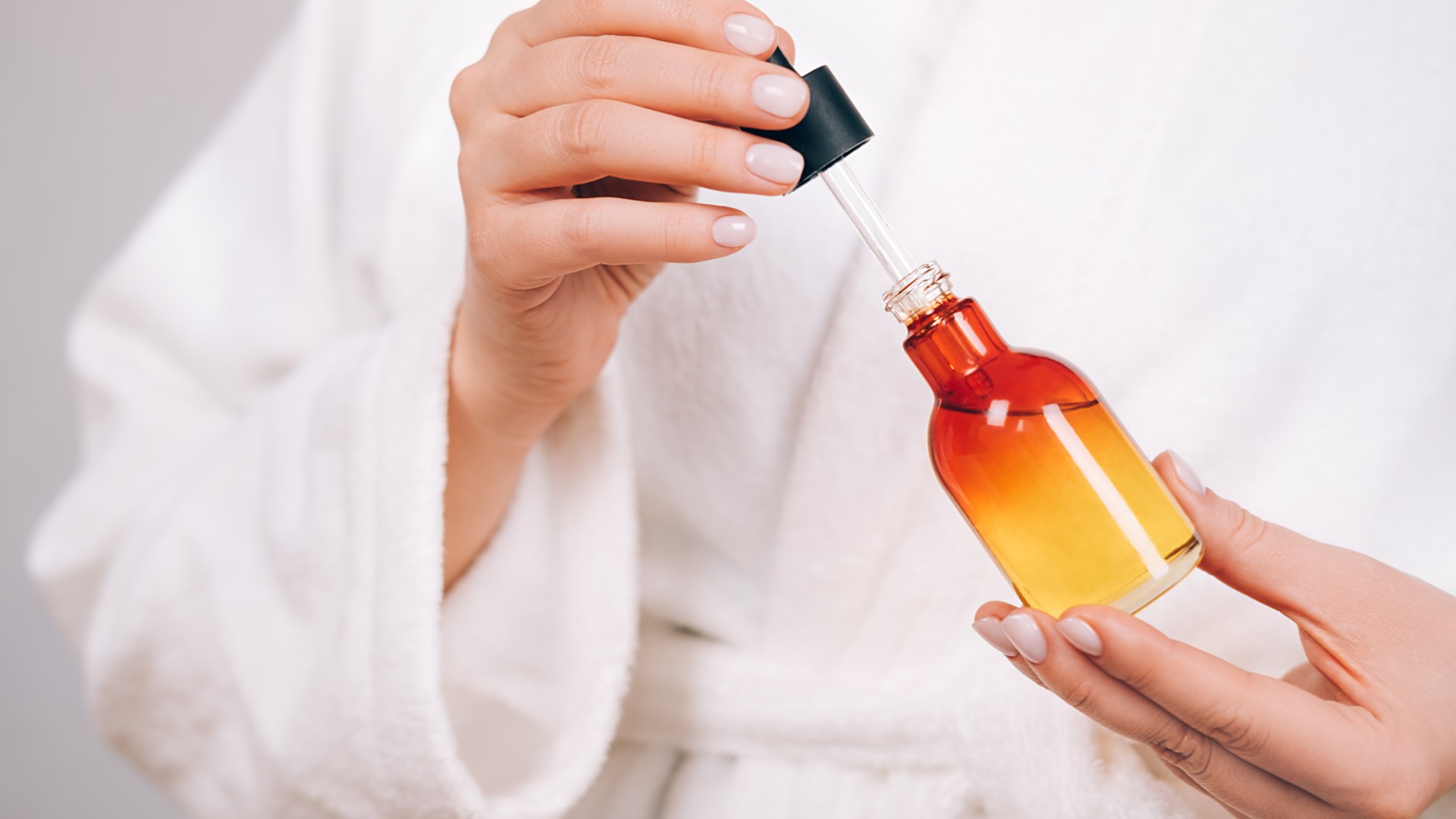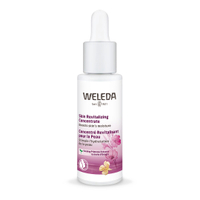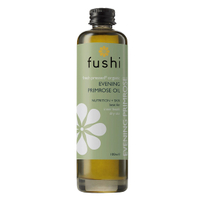Evening primrose oil: benefits, uses, and all the best ways to try it
The experts explain all about evening primrose oil—a true multitasker for your routine


Have you heard of evening primrose oil? Probably, yes. But do you know exactly what it is and what it can do for you? Possibly not. Evening primrose oil is one of those versatile botanical ingredients that offer a whole variety of benefits but keep a slightly lower profile than some of the shouty superstars of the beauty and wellness worlds.
Traditionally referred to as the King's cure-all because its properties made it suitable for royal medicine, evening primrose oil can be used cosmetically, medically, or topically in your skincare routine, and its benefits go far beyond the face. In fact, evening primrose oil can be used to moisturize the skin, hair, nails, and scalp as well as enhance elasticity. This multifaceted moisturization means evening primrose oil is found in beauty products that target dehydrated skin, rough and dry patches, wrinkles, redness, and irritation. It also calms inflammation and boosts healing, which can be incredibly useful for anyone who wants to know how to get rid of acne scars. No wonder they called it a cure-all.
Clearly, evening primrose oil is worth getting to know, so let's dig a little deeper into its benefits, uses, and the best ways to incorporate this ingredient into your routine.
Your expert-approved evening primrose oil guide
What is Evening Primrose Oil?
Evening primrose oil comes from the flowering plant Oenothera Biennis. The oil is generally cold-pressed from the seeds of the botanical, and its chemical constituents include essential fatty acids linoleic acid, gamma-linolenic acid, oleic acid, palmitic acid, and stearic acid.
This plant's name contains a reference to its behavior. "A special quality of evening primrose is that it liberates itself from the usual rhythm of the plant kingdom and blossoms at sunset rather than the earlier part of the day," explains Elizabeth King, holistic facialist and Weleda's Skincare Expert. In addition to King's cure-all, the plant that evening primrose oil is derived from is also known as evening star, fever-plant, German rampion, hogweed, sundrop, and weedy evening primrose.
What are evening primrose oil's benefits?
The overarching positive effect of evening primrose oil containing all those essential fatty acids is that it aids a strong skin barrier function. Having a healthy skin barrier works wonders to prevent moisture loss, soothe inflammation, protect against irritants, and promote soft, comfortable skin texture. These benefits, in turn, have their own positive outcomes for various areas of the body:
- Nourished skin: The essential fatty acids in evening primrose oil nourish the skin, can soothe acne, promote moisture retention, and slow the signs of aging by replenishing lost lipids.
- Healthy hair and scalp: Whether you want to know how to get rid of dandruff or simply to promote healthy growth, evening primrose oil can help create a comfortable, moisturized, and healthy scalp environment.
- Strong, smooth nails: "If you have bumpy, ridged nails, taking an omega 3 or evening primrose oil supplement can be beneficial as the fatty acids help to moisturise." explains Carla Opoku, nail expert and founder of Cienna Rose.
Medicinally, Evening Primrose Oil is used to relieve headaches and ease the pain and discomfort of arthritis, PMS, and menopause. It is also used to boost immunity, encourage healthier brain activity, and soothe symptoms related to allergies.
Sign up to our free daily email for the latest royal and entertainment news, interesting opinion, expert advice on styling and beauty trends, and no-nonsense guides to the health and wellness questions you want answered.
Does evening primrose oil have any side effects?

When used cosmetically, evening primrose oil is unlikely to cause any serious side effects. But as with any ingredient, there is always a small possibility of a reaction, and some users with sensitive skin have reported experiencing a rash.
When taken orally, evening primrose oil can in some cases cause stomach upset and headaches. Drug interactions are also possible. For example, evening primrose oil may increase bleeding in those who take prescription blood thinners. It can also increase the risk of seizures in people with epilepsy. In very rare instances, evening primrose oil can result in a severe allergic reaction causing inflammation of the hands and feet, difficulty breathing, and wheezing. It goes without saying that you should stop using evening primrose oil if any of these side effects occur.
How to use evening primrose oil
Evening primrose oil and beauty products containing the ingredient can be an excellent addition to any skincare routine. Store-bought products containing evening primrose oil should be applied to the skin, hair, or nails as per the directions. Or, you can buy pure evening primrose oil and use it topically for specific concerns:
- Acne: Apply directly to acne spots and leave on overnight. Repeat for a few consecutive evenings to help reduce inflammation in a skincare routine for acne.
- Rosacea: Using a re-usable facial pad or your fingers, gently pat evening primrose oil onto the face. If you are very dry, follow with your best face moisturizer to hydrate.
- Eczema: With eczema, evening primrose oil can be applied to a large area, so mix a few drops into your favorite body or face cream. Cleanse the area and apply the cream liberally. You could do this several times throughout the day.
- Psoriasis: Make a rich, occlusive ointment using cocoa or shea butter and several drops of evening primrose oil. Combine well then apply like any other moisturizer.
Evening primrose oil buys our beauty editor loves

Weleda Evening Primrose Skin Revitalizing Concentrate | RRP: $26.99/£40.95
A light-yet-powerful 100% natural treatment combining organic evening primrose oil with soothing Centella Asiatica (aka Cica) and hydrating aloe vera. It feels nourishing but sinks in quickly.

Fushi Organic Evening Primrose Oil | RRP: £15 (UK only)
Cold-pressed, small-batch grown, and ultra high quality, this versatile oil can be used in skincare or taken orally. It is packed with fatty acid goodness— with a minimum Gamma-Linoleic acid content of 10%.

LIXIRSKIN Universal Oil | RRP: $46/£39
As the name suggests this versatile product makes the most of evening primrose oil's multipurpose prowess and can be applied to the face, body, hair... you name it. It also contains camellia and raspberry oils and smells gorgeous.
woman&home thanks Elizabeth King and Carla Opoku for their time and expertise

As woman&home's Beauty Channel Editor, Fiona Mckim loves to share her 15+ years of industry intel on womanandhome.com and Instagram (@fionamckim if you like hair experiments and cute shih-tzus). After interning at ELLE, Fiona joined woman&home as Assistant Beauty Editor in 2013 under industry legend Jo GB, who taught her to understand ingredients and take a cynical approach to marketing claims. She has since covered every corner of the industry, interviewing dermatologists and celebrities from Davina McCall to Dame Joan Collins, reporting backstage at London Fashion Week and judging the w&h Beauty Awards.